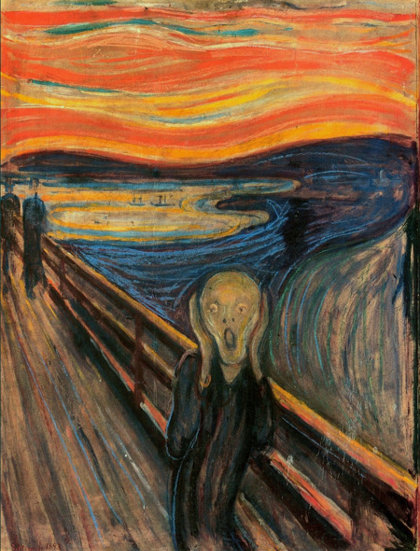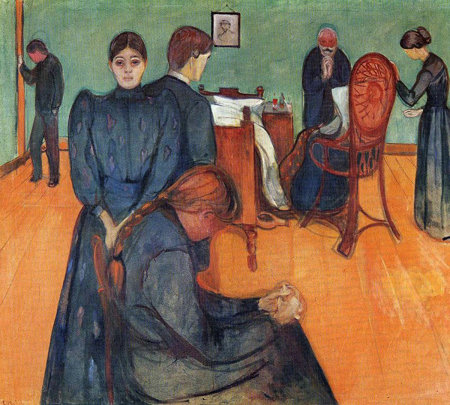Edvard Munch - The Life of an Artist
The video lasts for 18 minutes and covers the life of Edvard Munch.





Edvard Munch
Brief Biography
The Norwegian artist Edvard Munch was born in Loten in Norway on the 12 December 1863. His childhood was overshadowed by illness, bereavement and the dread of inheriting a mental condition that ran in the family. Studying at the Royal School of Art and Design in Kristiania (today’s Oslo), Munch began to live a bohemian life under the influence of the nihilist Hans Jæger, who urged him to paint his own emotional and psychological state. Munch’s distinctive style emerged from these experiments.
Munch travelled to Paris in 1889 and learned much from Paul Gauguin, Vincent van Gogh and Henri de Toulouse-Lautrec, especially how they used colour to express emotion. In 1892 in Berlin he met the Swedish dramatist August Strindberg, whom he painted, as he embarked on a major series of paintings he would later call The Frieze of Life. These paintings explore deeply-felt themes such as love, anxiety, jealousy and betrayal, steeped in atmosphere. They include his famous paintings such as Jealousy and the Dance of Life.
His most famous work the Scream was created in 4 versions 2 pastel produced between 1893 and 1895 in Kristiania. The 2 oil painted versions were painting in 1893 and 1910. The idea according to Munch, came when he was out walking at sunset, when he ‘heard the enormous, infinite scream of nature’. The painting’s agonised face is widely identified with the angst of the modern person. He also did a series of paintings for Oslo University, in Norway and for the Freia Chocolate Factory also in Oslo.
As his fame and wealth grew, his emotional state remained insecure. He briefly considered marriage, but could not commit himself. A mental breakdown in 1908 forced him to give up heavy drinking, and he was cheered by his increasing acceptance by the people of Kristiania and exposure in the city’s museums. The latter years of his life were spent in his estate at Ekely, Norway painting many self-portraits which explored the effects of old age. Although his works were banned by the Nazi’s in Nazi-occupied Europe, most of them survived World War II, ensuring that his legacy survived. Edvard Munch died on 23 January 1944 at the age of 80.
